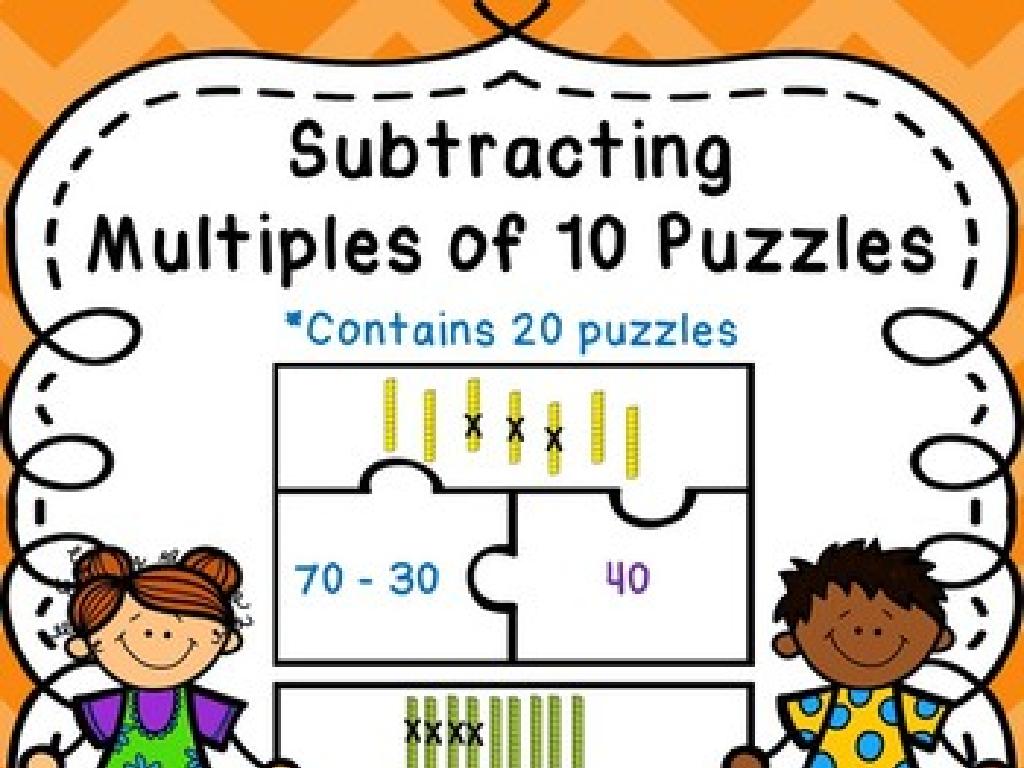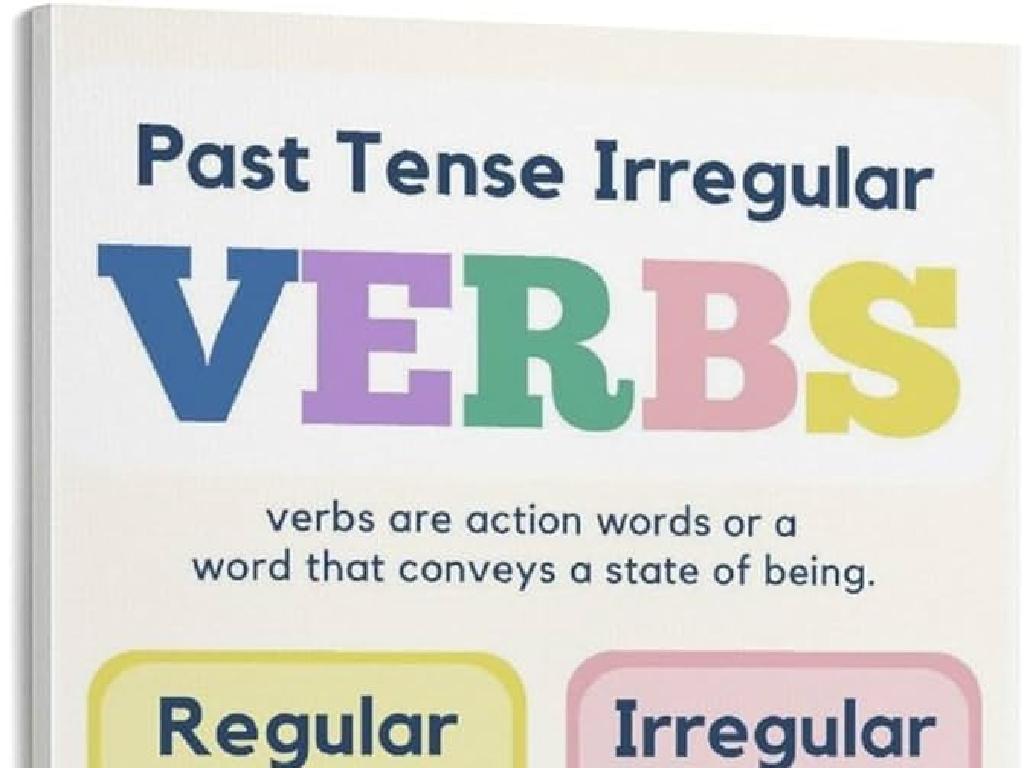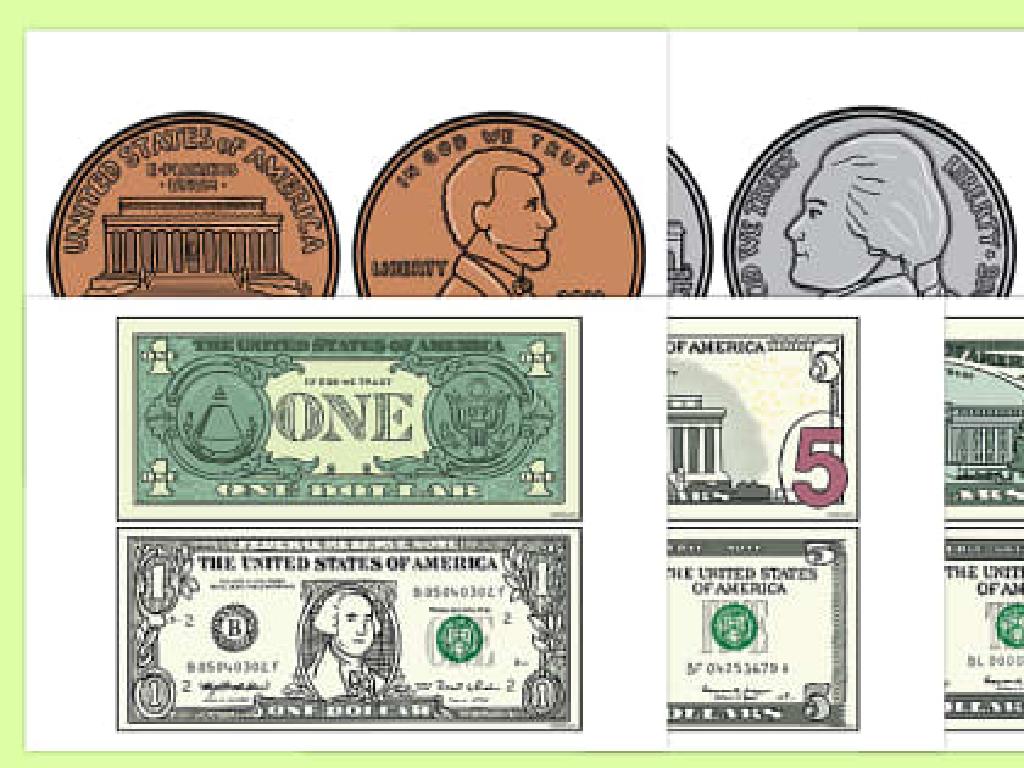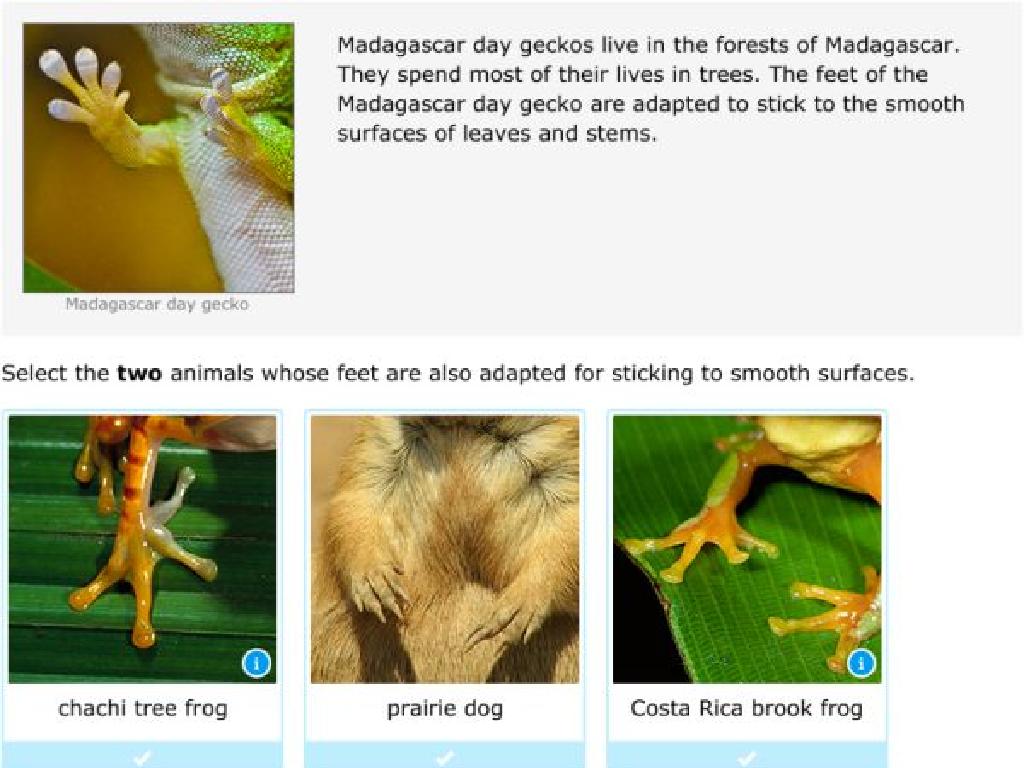Use Models To Add Two-Digit Numbers - Without Regrouping
Subject: Math
Grade: First grade
Topic: Addition: Two Digits
Summary: This first grade math presentation teaches students how to add two-digit numbers without regrouping using visual models like base-ten blocks. Learners practice breaking down numbers into tens and ones, adding each place separately with hands-on activities and engaging art projects. By using physical objects and creative exercises, students build strong addition skills and deepen their understanding of place value. The lesson encourages confidence and prepares students for more advanced addition concepts.
Please LOG IN to download the presentation. Access is available to registered users only.
View More Content
Welcome to Addition: Adding Big Numbers!
– Learn to add big numbers
– Use models for two-digit addition
– Like using blocks to represent tens and ones
– No regrouping needed
– Keep numbers in the same column
– Become an addition expert
|
This slide introduces first graders to the concept of adding two-digit numbers using models such as base-ten blocks, without the need for regrouping. Emphasize that adding big numbers is just like adding smaller ones, but we use different models to help us understand. Show how to line up numbers by place value and add the tens and ones separately. Encourage students to practice with physical models or drawings to build their confidence. By the end of the lesson, aim for students to feel comfortable with the process and to see themselves as ‘addition experts’.
Understanding Two-Digit Numbers
– What are two-digit numbers?
– Numbers with a tens and a ones place, like 12 or 34.
– Places in two-digit numbers
– The first digit is the tens place, the second is the ones place.
– Examples of two-digit numbers
– 10, 23, 45, 67, 89 are all two-digit numbers.
– Counting by tens
– Practice counting: 10, 20, 30, up to 100.
|
This slide introduces first graders to the concept of two-digit numbers, emphasizing the tens and ones places. Start by explaining that every number has a place value, and in two-digit numbers, there are two places to consider. Use visual aids like blocks or drawings to show the tens and ones places. Provide clear examples of two-digit numbers and have the students practice counting by tens to reinforce the concept of the tens place. This foundational understanding will help them grasp addition without regrouping in subsequent lessons.
Understanding Place Value
– Every number has a place value
– Place value helps us know a number’s value
– First digit: number of tens
– If the first digit is 4, it means 40
– Second digit: number of ones
– If the second digit is 3, it means 3 ones
|
This slide introduces the concept of place value, which is fundamental to understanding how to add two-digit numbers without regrouping. Emphasize that the place of a digit in a number determines its value. The first digit from the right is the ‘ones’ place, which tells us how many ones are in the number. The second digit is the ‘tens’ place, telling us how many groups of ten. Use visual aids like blocks or drawings to represent tens and ones, and show examples of numbers being broken down into tens and ones. For instance, the number 43 has 4 tens (which is 40) and 3 ones. This understanding will be crucial as students begin to add two-digit numbers by combining tens and ones separately.
Adding Two-Digit Numbers Without Regrouping
– Understanding regrouping
– Regrouping is carrying over when we have more than 9 in one place.
– Numbers today don’t regroup
– Keeping tens and ones separate
– We’ll add numbers in the tens place and ones place separately.
– Practice with examples
– Example: 23 + 35 = ? Add tens (20 + 30) and ones (3 + 5) separately.
|
This slide introduces the concept of adding two-digit numbers without the need for regrouping. Begin by explaining what regrouping means and why it’s not needed for today’s lesson. Emphasize that each place value (tens and ones) should be added separately to avoid confusion. Use clear examples on the board to demonstrate this concept. For instance, show how to add 23 and 35 by adding the tens (20 + 30) to get 50, and then the ones (3 + 5) to get 8, combining them to get the final answer, 58. Encourage students to visualize the numbers using blocks or drawings to reinforce the concept. Prepare a few examples for the students to try on their own to ensure they grasp the idea of adding without regrouping.
Adding with Blocks: No Regrouping Needed!
– Use blocks to learn addition
– ‘Ten blocks’ for groups of ten
– Like a bundle of ten sticks
– ‘One blocks’ for single units
– Like a single stick
– Add without mixing groups
– Keep tens and ones separate
|
This slide introduces students to the concept of using physical models, such as blocks, to add two-digit numbers without regrouping. Explain that ‘ten blocks’ are like bundles of ten sticks, which help us count by tens, and ‘one blocks’ are like single sticks, which we count one by one. Emphasize that when adding, we keep the tens and ones separate, so there’s no need to combine them into a bigger group (regroup). For example, 23 (2 ten blocks and 3 one blocks) plus 35 (3 ten blocks and 5 one blocks) equals 58 (5 ten blocks and 8 one blocks), without any need to regroup. Encourage students to practice with actual blocks or drawings to solidify their understanding.
Let’s Try Adding Two-Digit Numbers!
– Start with the number 23
– Use two ‘ten blocks’ and three ‘one blocks’
– Now take the number 11
– Use one ‘ten block’ and one ‘one block’
– Combine ‘ten blocks’ and ‘one blocks’
– Put all the ‘ten blocks’ and ‘one blocks’ together
– Count all the blocks together
– After combining, we have 34 (three ‘ten blocks’ and four ‘one blocks’)
|
This slide is a class activity where students will learn to add two-digit numbers without regrouping by using physical or visual models such as ‘ten blocks’ and ‘one blocks’. Start by showing how to represent the number 23 with blocks, then do the same for 11. Guide the students to combine the blocks and count them to find the total. Encourage students to visualize the addition process and understand that each ‘ten block’ represents ten units and each ‘one block’ represents a single unit. This hands-on activity will help solidify their understanding of basic addition without regrouping.
Practice Time: Adding with Blocks!
– Start with blocks for 25 + 32
– Count tens and ones separately
– Place 2 tens blocks for 20, and 5 ones blocks for 5
– Add tens together first
– 2 tens for 20 and 3 tens for 30 makes 5 tens for 50
– Now add the ones
– 5 ones plus 2 ones equals 7 ones
|
This slide is an interactive activity for students to practice adding two-digit numbers using physical blocks. Begin by guiding them to represent the number 25 with two tens blocks and five ones blocks, and the number 32 with three tens blocks and two ones blocks. Remind them to count and add the tens first, which reinforces the concept of place value, and then to add the ones. After they have completed the addition, they should arrive at the sum of 57. Encourage students to explain their process to develop their verbal and mathematical skills. Provide additional examples if time allows and ensure that each student is comfortable with the concept before moving on.
Class Activity: Addition Art
– Choose two two-digit numbers
– Represent tens and ones with stickers
– Use different stickers for tens and ones for clarity
– Add numbers together on paper
– Ensure no regrouping is needed
– Decorate your addition art!
|
This activity is designed to help first graders understand the concept of adding two-digit numbers without regrouping through a creative and engaging art project. Teachers should guide students to pick two numbers that, when added, do not require regrouping. Provide a variety of stickers to represent tens and ones, and encourage students to count carefully as they place them on their papers. After adding the numbers, students can decorate their papers to create a piece of ‘addition art.’ Possible variations of the activity could include using different colored stickers for tens and ones, creating a collage with magazine cutouts to represent numbers, or drawing their own representations of tens and ones. The goal is to reinforce the concept of place value and addition in a fun, visual way.
Adding Two-Digit Numbers with Models
– Adding is fun with models!
– No regrouping needed
– Sometimes each digit can be added without carrying over
– Use blocks to visualize
– Blocks represent tens and ones clearly
– Practice makes perfect
|
This slide is a review of our previous lesson where we learned to add two-digit numbers using models. Emphasize to the students that adding can be enjoyable, especially when using physical objects like blocks to represent the numbers. Highlight that in some cases, when adding two-digit numbers, we don’t need to regroup (or ‘carry over’). Using blocks or other manipulatives helps students to see the numbers and understand the concept of place value better. Encourage students to practice this method with different numbers to become more confident in their addition skills. For the next class, prepare a set of practice problems where students can apply this knowledge without the need for regrouping.
Great Job Today!
– Proud of your addition skills
– Practice with toys or snacks
– Count your toys or pieces of snacks to add numbers
– Keep up the good work at home
– Next lesson: adding with regrouping
– We’ll learn to carry over numbers when they add up to 10 or more
|
This slide is meant to congratulate the students on their hard work during the addition lesson and to encourage them to continue practicing at home using familiar items like toys or snacks. This method reinforces their understanding of addition without regrouping by using tangible objects they can physically manipulate. It’s also a teaser for the upcoming lesson where they will be introduced to the concept of regrouping, which is a foundational skill for more advanced addition. The teacher should remind students to bring their favorite toys or snacks for the next class to make the learning process fun and interactive.





